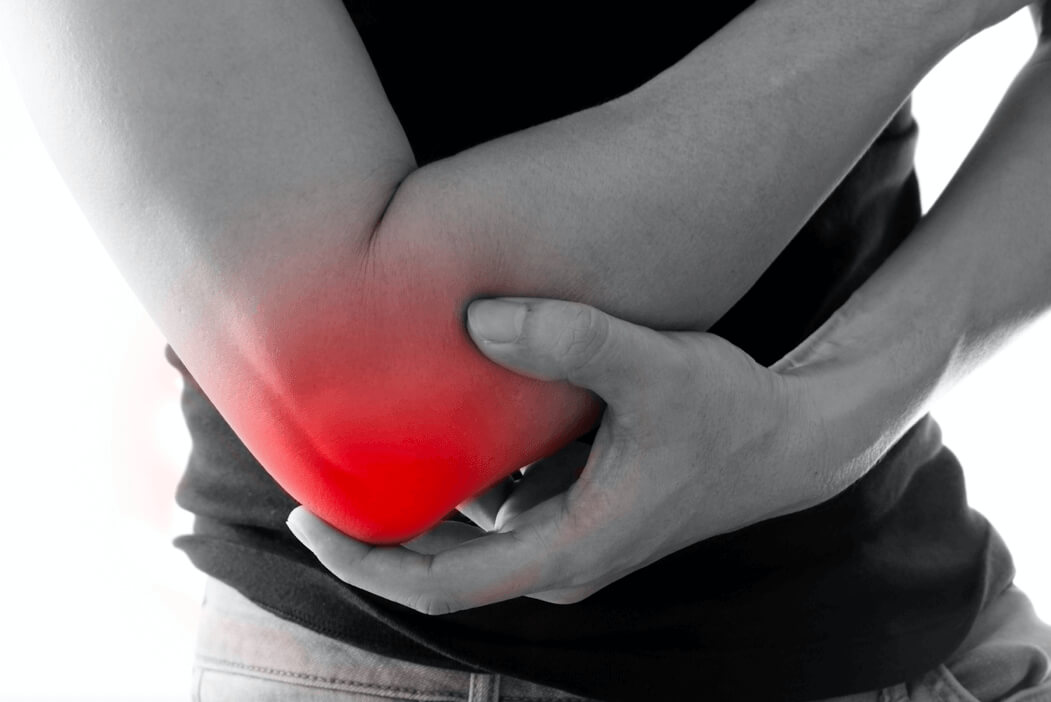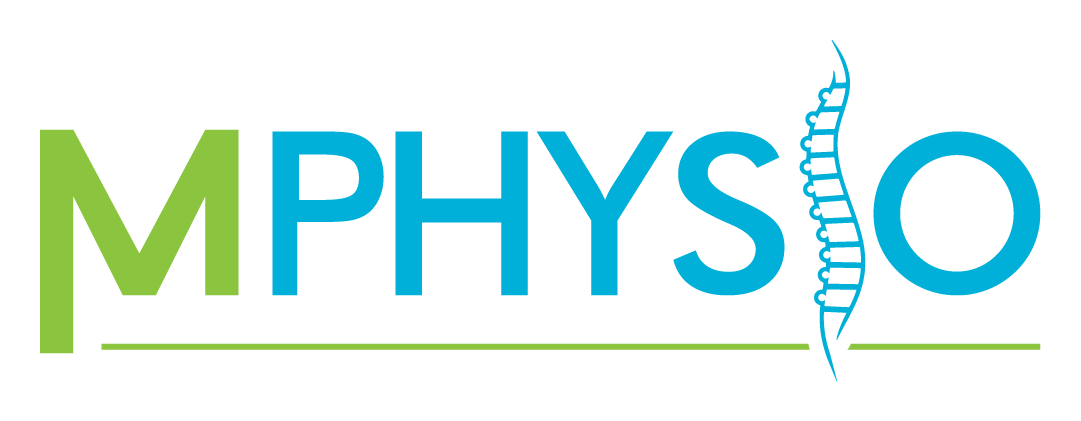Blog, Physiotherapy, Posture, Stretches
Tennis Elbow Strikes Again!

Despite its name, tennis elbow doesn’t solely afflict tennis players; it can affect anyone who repeatedly uses their forearm muscles, such as painters, plumbers, hair dressers and gardeners.
Tennis elbow, also known as lateral epicondylalgia, is a common condition characterised by pain and inflammation in the extensor tendons of the forearm, particularly the tendon of the extensor carpi radialis brevis muscle.
It typically develops due to repetitive use and overuse of the forearm muscles and tendons, leading to strain and micro-tears in the tendon tissue. Activities that involve repetitive gripping, twisting, or lifting motions can contribute to the development of tennis elbow.
Common activities and factors associated with tennis elbow
Sports: While tennis is a common sport associated with tennis elbow due to the repetitive nature of swinging a racket, other activities such as golf, squash, and racquetball can also lead to the condition.
Occupational Factors: Jobs or professions that involve repetitive hand and wrist movements, such as painting, plumbing, carpentry, typing, and using hand tools, increase the risk of developing tennis elbow.
Poor Technique: Incorrect technique or biomechanics during sports or activities can place excessive stress on the forearm muscles and tendons, leading to overuse injuries like tennis elbow.
Age and Overuse: Tennis elbow most commonly affects individuals between the ages of 30 and 50, although it can occur at any age. Overuse of the forearm muscles over time, without adequate rest or recovery, can contribute to the development of this condition.
Muscle Imbalances: Weakness or imbalance between the forearm muscles and opposing muscles (such as the flexor muscles on the inside of the forearm) can increase the risk of developing tennis elbow.
What Are The Symptoms Of Tennis Elbow?
The symptoms of tennis elbow typically include pain and tenderness on the outside of the elbow, which may radiate down the forearm.
The pain may worsen with gripping, lifting, or twisting motions, and individuals may experience weakness or difficulty performing tasks that require forearm strength.
While tennis elbow can be debilitating, especially if left untreated, timely intervention and appropriate management strategies, such as physiotherapy, can help alleviate symptoms and facilitate recovery.
Management
Seeking the expertise of a physiotherapist is paramount for effective treatment of tennis elbow.
Physiotherapists are trained healthcare professionals who specialise in assessing, diagnosing, and treating musculoskeletal conditions like tennis elbow.
As a starting point, here are three things we recommend doing for tennis elbow:
1. Avoid prolonged and repetitive movement/activity that increases the pain or weakness

2. Avoid sudden changes in activity (e.g. stopping and starting or suddenly ceasing activity).

3. Avoid stretching your wrist down as this can further irritate the extensor tendon.

Physiotherapists can provide personalised treatment plans tailored to the individual’s needs, which may include a combination of manual therapy, exercises, and acupuncture.
It aims not only to alleviate pain and inflammation but also to address underlying biomechanical issues and prevent recurrence and re-injury.
If you’re suffering from tennis elbow or know someone who is, call our clinic on 1800 992 999 or book online to start the journey to recovery today!


